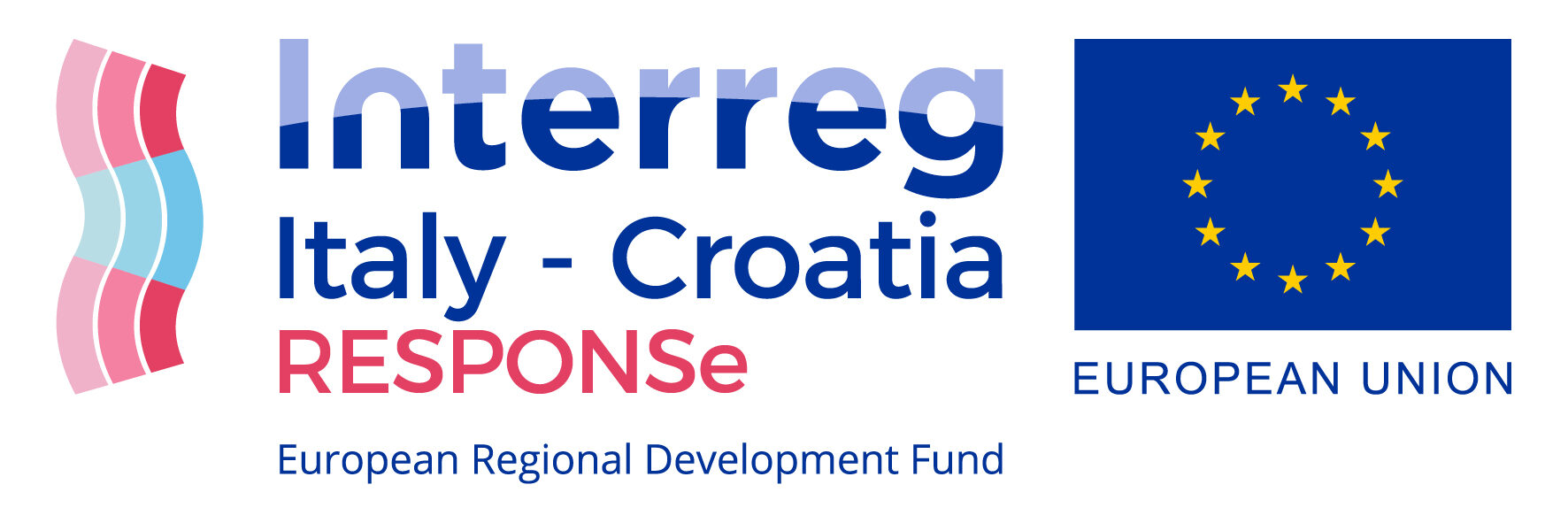Climate actions
Risk-based zoning and site selection is needed in areas where aquaculture is planned or already developed and its relocation is constrained by environmental issues and conflicts with other uses. Specifically, the zoning step aims to identify broad areas potentially suitable for aquaculture, also referred to as Allocated Zones for Aquaculture (AZA), in order to ensure integration of aquaculture into areas already exploited by other uses. Zoning should include a complete risk analysis identifying main threats to a successful production. Climate-related risks need to be taken into account as well to ensure success in the aquaculture business, considering that the sector is vulnerable to a number of potentially catastrophic climate disturbances. Climate-related risk could severely cause threats and disasters (e.g. loss of production or infrastructure due to extreme events, diseases, toxic algae and parasites).
Risk-based zoning and siting for marine aquaculture
Objective
Ensure the most equitable use of the marine space for this activity.
Description
Expected results
Minimizing possible economic losses.
Result indicators
Number of marine products
Involved actors
Producers, local communities and/or businesses reliant on aquaculture and fisheries value chains, consumer associations, environmental NGOs, research institutions, other users of the concerned water body (e.g. marinas, ports, windfarms and recreational uses).
Expected timeline for action
Best practices
Criticalities
Scope of the action
Type of proposed actions
Sector of action
Climate impacts
Implementation scale
